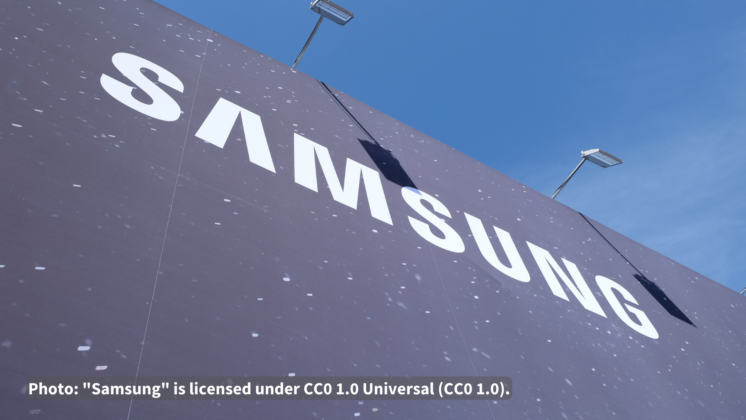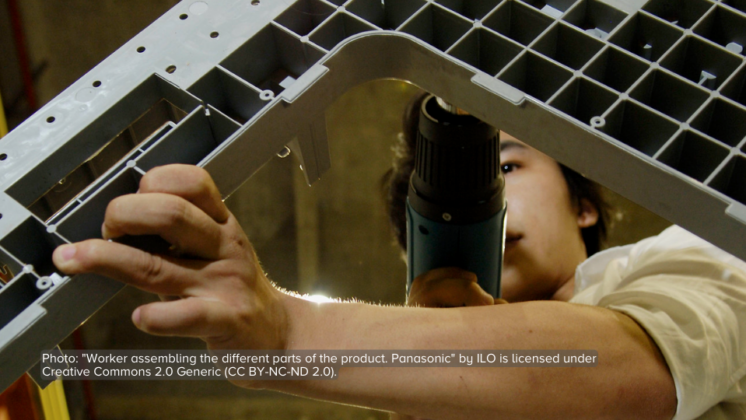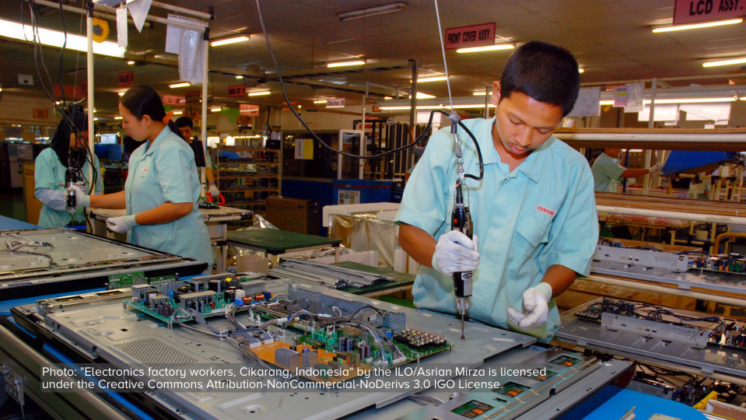DesignNews tackles the trend in semiconductors and chips market for 2023. In the article, several indicators show a downward trajectory in terms of revenue driven by weakened PC market as well as decline in capital expenditures in the display sector.

A recent market report by Omdia’s Semiconductor Competitive Landscape Tool shows a decline in the third-quarter semiconductor revenue of $147 billion, which was down 7% from $158 billion the previous quarter. The report comes after electronics market showed straight upward trajectory during the COVID-19 pandemic.
Cliff Leimbach, Senior Research Analyst at Omdia, said that the decline in the market has not been uniform and that different parts of the market are driving the weakness at different times. The report also details that 2Q22’s decline was driven by a weakened PC market, with Intel declining 17%. The waning PC demand also affected makers of processors and memory, in relation to the most recent decline, which is likely to continue for at least the first half of next year according to Omdia analyst Michael Yang.
On top of component shortages and waning PC demand, the display sector which boomed during the COVID-19 pandemic, has also been hit. A recent report by market research firm Display Supply Chain Consultants (DSCC) indicates that panel suppliers are now delaying further fab investments particular in liquid crystal displays (LCDs). DSCC forecasts capital expenditures by display manufacturers to reach $4.4 billion for 2023, a huge 63% decline from roughly $ 12.0 billion in 2022.
Meanwhile, component shortages have pushed design engineers to alter design practices, but pay higher prices. The situation has improved, according to Avnet, an electronic components distributor. Avnet conducted recent survey of 1,600 engineers, and found that 41% said the situation has stabilised or improved compared last year. Component availability is a greater concern than market conditions, according to the 79% of the survey respondents. “Engineers say we need to design more with parts that are available,” said Peggy Carrieres, Vice President of Global Sales Enablement and Supplier Development at Avnet, told DesignNews that engineers have been informing them that design has to happen with more with parts that are available.
The news above is part of an article by Spencer Chin, a Senior Editor for Design News and is first published by DesignNews. Read more here.






